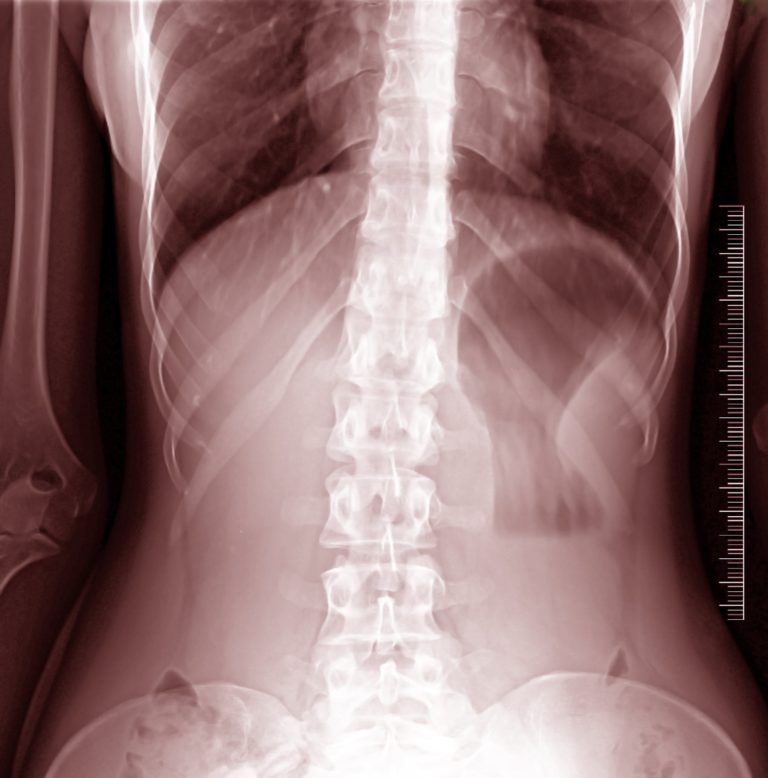Surgical Treatments For Scoliosis

Scoliosis is a condition where the spine doesn’t have the proper degree of curvature, and in cases where this abnormality is severe enough surgery may be called for. Scoliosis surgery is performed with the goal of correcting curvature of the spine that has reached 40-45 degrees depending on the age of the patient. Conditions that have reached this stage are likely to begin worsening as age advances, even past the point where the spine has completed its growth stage.
How Is Scoliosis Surgery Performed?
There are two traditional positions used to perform scoliosis surgery, with posterior surgeries being the most common. In this form of surgery the patient I laying on their stomach while the surgeon accesses the spine through the back. Those surgeries that involve abnormal curvature in the upper thoracic area usually call for this form of surgery. Anterior surgeries are performed with the patient lying on their back and is typically the choice surgery when the patient is working on the lower back. Incisions made from the bottom rib to the navel makes access to the lower spine easy and smooths the procedure.
What Types Of Scoliosis Surgery Are There?
There are three types of scoliosis surgery performed the most often in modern medicine, with the first having been developed in 1984, and the most recent innovations showing great promise for reducing the likelihood that symptomatic children will require surgery.
-
Cotrel-Dubousset System – Initially established in 1984 by Doctors Jean Dubousset and Ives Cotrel, this process involves the implantation of double rods, screws, and hooks that work to help straighten the patient’s spine.
-
Third Generation Instrumentation – This is one of the newest forms of surgery and is thought to be an improvement over the Cotrel-Dubousset system in treating scoliosis. The method involves the fusion of the spinal bones using a combination of hooks, screws, and rods. Systems included under this umbrella include Texas Scottish Rite Hospital Instrumentation, Universal Spine System, and Isola System.
-
The Newest Innovations – The newest work in the field helps children who experience scoliosis experience fewer surgeries throughout their lives through the implementation of growing rods. Additional innovations include the use of endoscopic surgeries and fusionless procedures.
Why Should I Get Scoliosis Surgery?
Individual reasons for getting scoliosis surgery vary depending on the severity of the condition. For many, the improvement in their overall appearance is a strong point of argument, while avoiding long-term disability and chronic pain associated with scoliosis are key to others decision making process.
If you’re considering scoliosis surgery or have been told that your child may be a candidate, it’s time to connect with a team of physicians that’s able to handle this delicate procedure with precision and excellence. Dr. Diana Wilson at Neurosurgical and Spine Consultants of Fort Worth, TX has been working with patients to restore quality of life through procedures such as these. Don’t let scoliosis impact your life when options are available, pick up the phone and arrange an appointment and consultation today.


Recent Comments